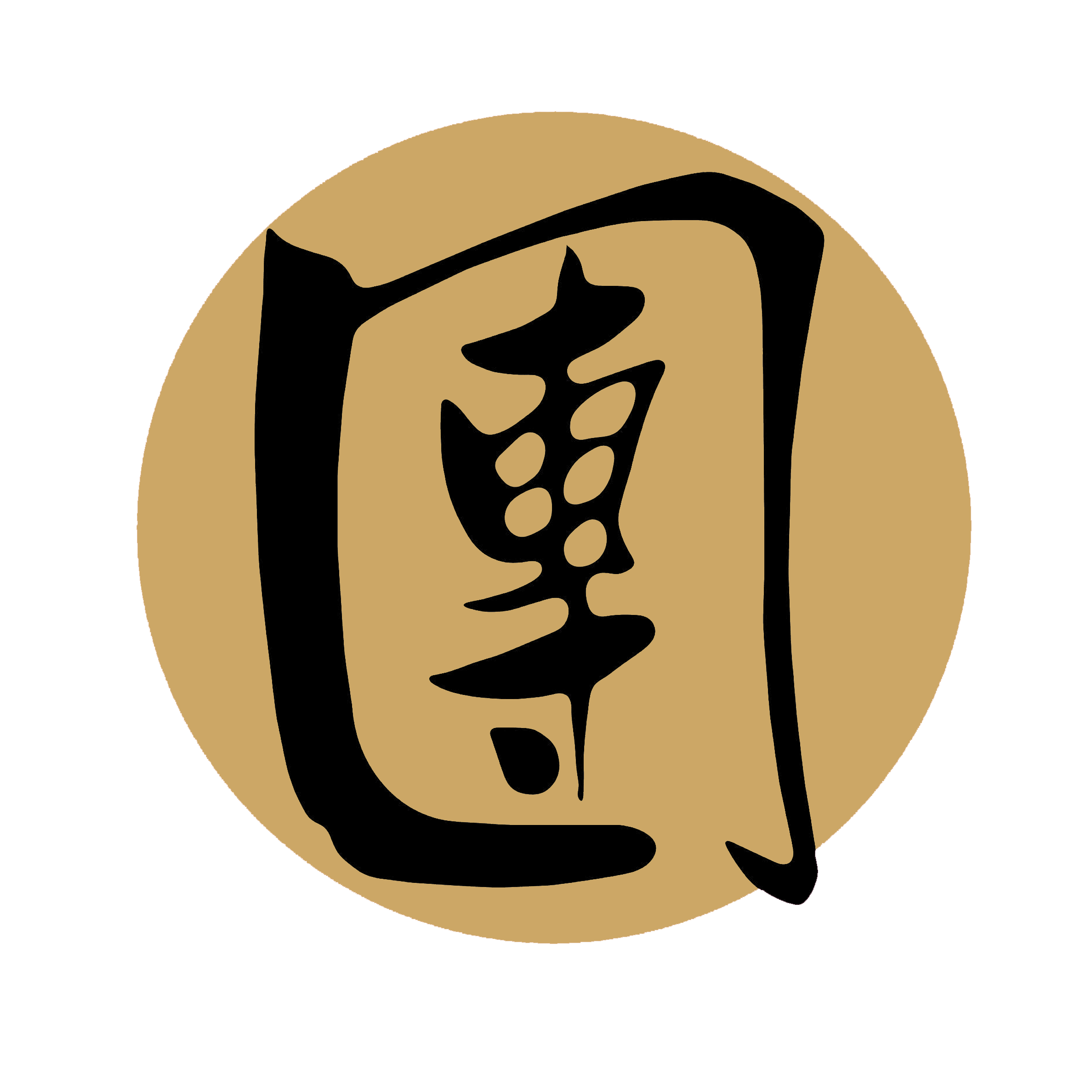47. Kwa-chui: Choy Li Fut Kung Fu Hand Technique
Kwa-Chui: Exploring the Back Fist Strike in Martial Arts
Kwa-Chui, also known as the Back Fist, is a powerful striking technique commonly used in various martial arts styles. With its dynamic and versatile nature, Kwa-Chui has become a staple in combat training, providing practitioners with an effective tool for both offensive and defensive purposes. In this article, we will delve into the details of Kwa-Chui, exploring its mechanics, applications, and training methods.
The essence of Kwa-Chui lies in its distinctive motion, where the back of the closed fist is used to strike targets with precision and force. The technique involves rotating the forearm and extending it forward, generating power from the rotation and transferring it into the striking surface of the back of the hand. This unique delivery method allows for quick and unexpected strikes, making Kwa-Chui a valuable asset in close-quarters combat.
The versatility of Kwa-Chui stems from its adaptability to various target areas. When aimed at the head, Kwa-Chui can be a devastating strike to the temple, jaw, or nose, capable of stunning or incapacitating an opponent. When directed towards the body, it can target vital areas such as the solar plexus or ribs, causing significant pain and disrupting an opponent's balance. The precision and speed of the technique make it an effective tool for both offensive and defensive tactics.
Training in Kwa-Chui involves developing several key elements to maximize its effectiveness. First and foremost is the cultivation of proper technique and body mechanics. Practitioners focus on refining their striking mechanics, ensuring that the rotation of the forearm is executed smoothly and efficiently. Proper weight transfer, hip rotation, and alignment of the striking arm contribute to the generation of power and accuracy in Kwa-Chui.
Speed and timing are crucial aspects of Kwa-Chui training. Practitioners practice drills and exercises that enhance their reaction time and ability to deliver fast and precise strikes. This includes shadowboxing, focus mitt training, and partner drills that simulate real combat scenarios.
Through consistent practice, practitioners develop the necessary speed and timing to effectively utilize Kwa-Chui in dynamic situations. Another important element in Kwa-Chui training is conditioning and toughening of the striking surface. Regular practice on heavy bags, pads, and other training equipment helps strengthen the back of the hand and forearm, allowing practitioners to deliver powerful strikes without compromising their own safety. Conditioning exercises such as fingertip push-ups and striking hard surfaces with controlled force can further enhance the durability of the striking surface.
In combat applications, Kwa-Chui offers several advantages. Its quick and unexpected nature makes it an effective tool for surprising opponents and exploiting openings in their defenses. The strike can be used as a preemptive attack to disrupt an opponent's rhythm or as a counterstrike to exploit their vulnerabilities. Moreover, the versatility of Kwa-Chui allows for seamless transitions to other techniques, such as grappling or joint locks, enabling practitioners to control and subdue their opponents.
Beyond its practical applications, Kwa-Chui carries philosophical and mental aspects as well. Its emphasis on speed, precision, and adaptability aligns with the principles of fluidity and adaptability found in many martial arts disciplines. Practitioners develop focus, concentration, and mental agility as they strive to execute Kwa-Chui with accuracy and speed, training their minds to remain calm and alert even in high-pressure situations.
In conclusion, Kwa-Chui, the Back Fist strike, is a powerful and versatile technique in martial arts. Its unique delivery method and adaptability to various target areas make it an invaluable tool for combat training. Through dedicated practice and training, practitioners can refine their striking mechanics, develop speed and timing, and enhance their mental focus. Whether used for offensive or defensive purposes, Kwa-Chui exemplifies the dynamic nature of martial arts and its ability to empower individuals with effective self-defense skills
